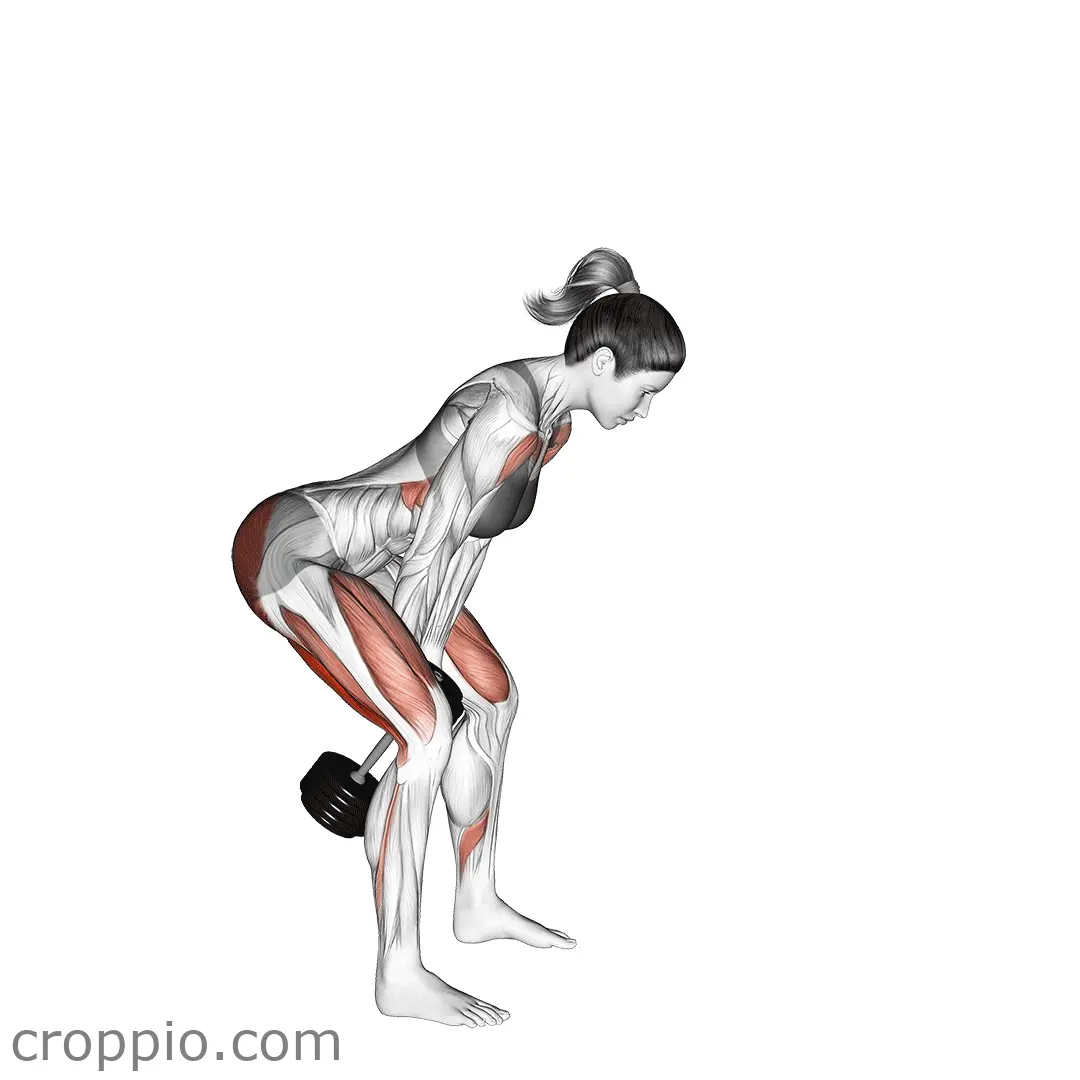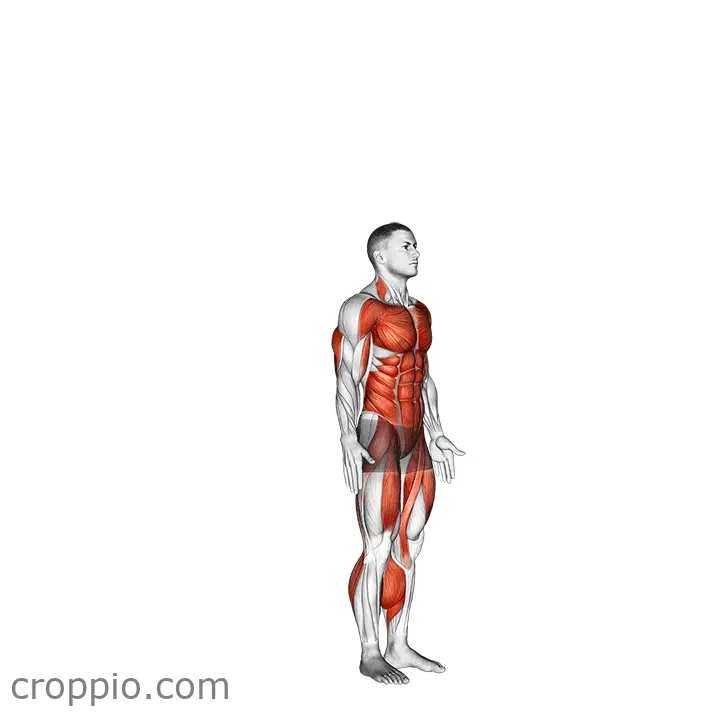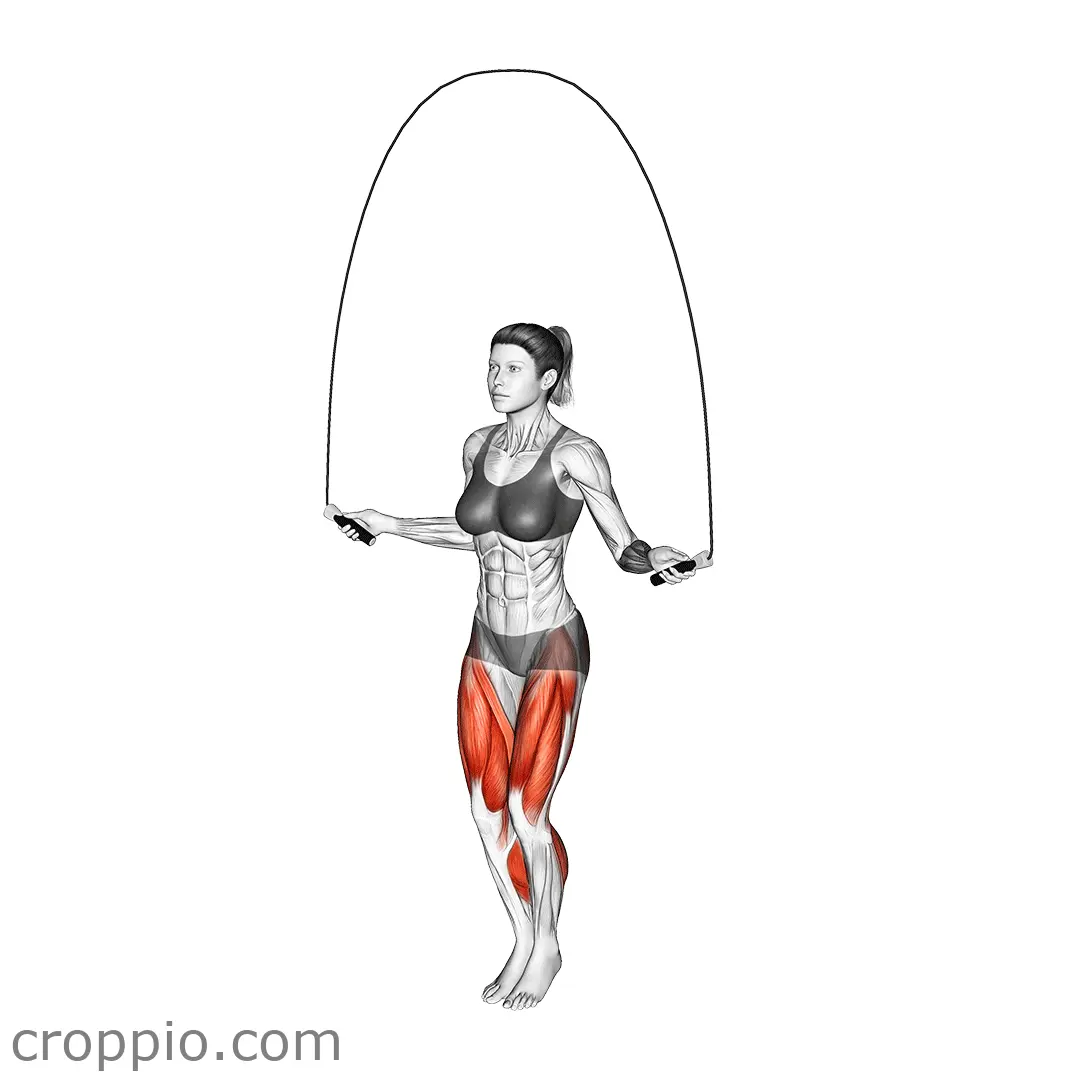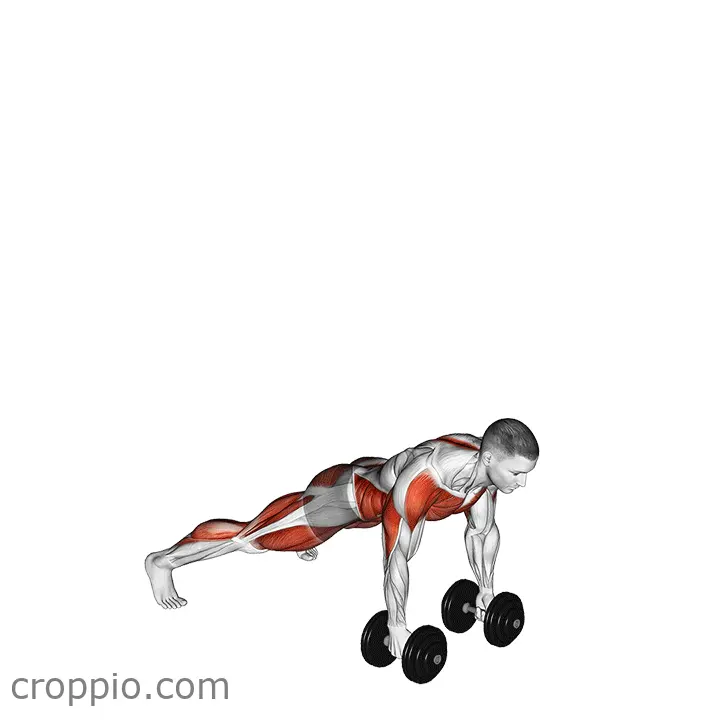Muscles Used To Asian Squat
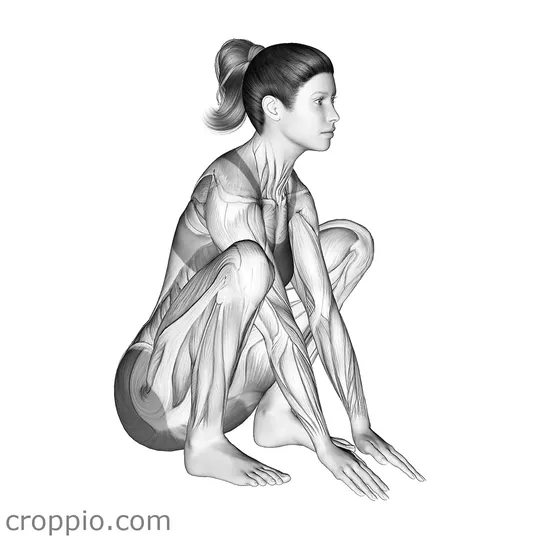
Muscles Involved
The Asian squat, also known as the perfect squat or deep squat, effectively targets several key muscle groups. The primary muscles involved are the quadriceps, hamstrings, and gluteus maximus, as these large muscle groups are heavily engaged during the downward phase of the squat. Additionally, the calf muscles (gastrocnemius and soleus) play a vital role in stabilizing the ankle joints while maintaining balance. Secondary muscles include the hip adductors, which assist in stabilizing the legs, and the core muscles, such as the rectus abdominis and obliques, that help support the torso during the movement.
Top Mistakes
- Not maintaining an upright torso, which can lead to stress on the lower back.
- Allowing the knees to excessively cave inward, increasing the risk of injury.
- Failing to keep the heels flat on the ground, resulting in reduced stability and balance.
- Overly leaning forward or backward instead of descending in a straight line.
Execution Tips
- Start with your feet shoulder-width apart and point them slightly outward for better stability.
- Engage your core throughout the execution to maintain an upright position.
- As you squat down, focus on pushing your hips back and bending your knees simultaneously, keeping them aligned with your toes.
- Ensure your heels remain flat on the ground and keep your weight balanced evenly on your feet.
Workouts
The Asian squat can be seamlessly integrated into a comprehensive workout routine. Beginners may start with performing sets of 5-10 repetitions, resting for 30-60 seconds between sets. As strength and flexibility improve, aim for 3 sets of 15-20 repetitions. Additionally, this exercise can be combined with complementary movements such as lunges and sumo squats to enhance lower body strength and flexibility. Incorporating dynamic stretches before workouts can also help prepare the muscles for the deep squat motion.
Conclusion
Incorporating the Asian squat into your fitness regimen offers multiple benefits, including improved flexibility, enhanced lower body strength, and increased core stability. This functional movement not only trains essential muscle groups but also mimics real-life movements, promoting better posture and reducing the risk of injury. Regular practice can enhance overall athletic performance and contribute to healthier functional movements in daily activities.
